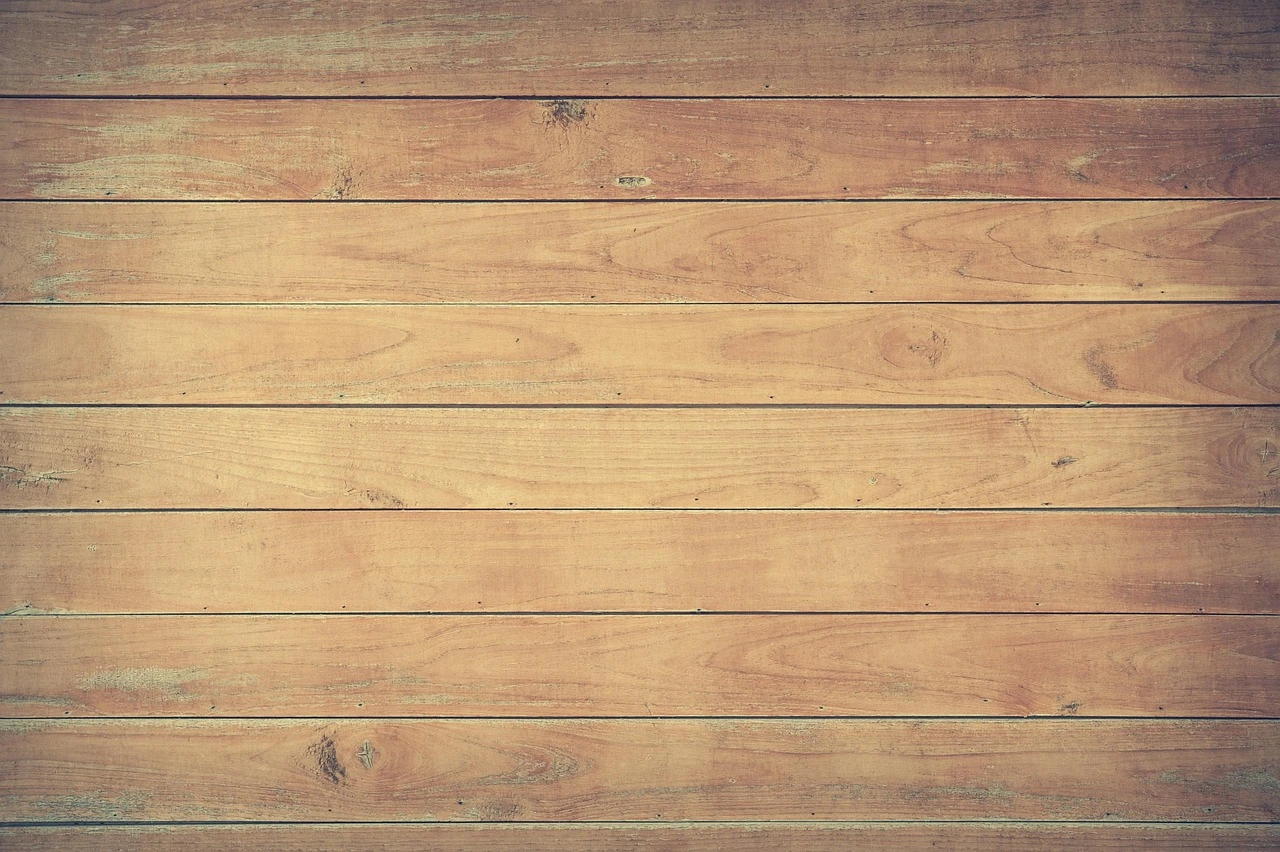Simple Ways to Reduce Floor Creaking

Do your home floors squeak with every step? Creaking floors are one of the most common problems in both older and newer buildings. Fortunately, in many cases you can handle this problem yourself if you know the causes and solutions. In this guide, we'll discuss how to identify the causes of floor creaking and what simple methods and tools to use to solve these problems.
Why do floors creak?
Floor creaking noises are often related to several different factors. Wood drying and shrinking is one of the main causes - over time, wood dries out, which causes cracks to form between the floorboards or OSB boards. If the floorboards are not properly fastened, they begin to move and rub against each other or nails, creating annoying creaking.
An uneven subfloor can also cause problems, as floorboards can bend under load and make noise. Often the culprit is also loose nails or screws, which loosen over time, causing the floor to move and the resulting creaking.
Moisture damage is a particularly important factor in the Estonian climate - excessive moisture can cause wood to swell, which when it dries later creates tensions between materials and thus disturbing sounds.
How to identify the exact location of floor creaking?
Before making repairs, it's important to find the exact location where the noise is coming from. The most effective method is using the two-person method - one person moves slowly over the problem floor, while the other watches and listens to where exactly the noise is coming from.
If you're alone, try the sound tracking method - walk slowly over the floor, testing different spots until you find the area that creaks the most. Applying pressure with your foot to different areas helps pinpoint the exact problem area.
Once you've found the problem spots, mark them with painter's tape. This keeps you on track during repairs and allows you to check later whether the problem has been solved.
Quick DIY solutions to reduce floor creaking
1. Using talc or graphite powder
One of the simplest and quickest solutions is to use friction-reducing powders. For this you'll need talc powder or graphite powder and a soft brush.
Start by cleaning the cracks between the floorboards, removing dust and dirt. Then sprinkle talc or graphite powder into the cracks. Brush the powder properly into the cracks so it penetrates deeper, and remove excess powder by sweeping.
This solution works especially well if the creaking is caused by the boards rubbing against each other, but the effect can be temporary and may require repetition.
2. Securing floorboards with screws
A more effective long-term solution is to secure loose floorboards. For this you'll need wood screws (preferably special floor screws), an electric screwdriver, a drill, and a countersink bit.
Start by identifying the exact location where the floorboards are loose. Drill pilot holes to prevent wood splitting - this is especially important with older and drier wooden floors. Use a countersink bit to ensure the screw heads remain below the floor surface, which allows you to finish the surface later if necessary. Finally, turn the screws in tightly, but avoid over-tightening, which can damage the wood.
This method works great for securing loose floorboards and usually provides long-term results.
3. Wedges under floorboards
If the problem is in the gap between the floorboard and the supporting beam, wedges come to the rescue. You'll need wooden wedges, wood glue, a hammer, and a chisel or knife to remove excess pieces.
Find where the floor is empty under the boards or uneven. Coat the wedge with a thin layer of wood glue and carefully tap the wedge between the floorboard and the beam. Make sure the wedge is firmly in place, but doesn't push the floorboards upward. Remove excess glue with a damp cloth and let it dry for at least 24 hours before putting weight on the floor.
This solution is effective if the problem is caused by movement between the floor and the supporting structure.
4. Repair with wooden dowels
Creaking that occurs around loose nails can be repaired using wooden dowels. You'll need wooden dowels or wooden sticks, wood glue, and a hammer.
Identify where the nails are loose. Coat the dowel with a thin layer of glue and carefully tap the dowel into the nail holes or around the loose nails. After the glue has dried, cut off the excess and finish the surface if necessary.
This method stabilizes the nail areas and reduces movement around the nail holes that causes creaking.
5. Special floor fastening systems
Various special systems are available on the market designed specifically for repairing creaking floors. For example, Squeeeeek No More is a screw-based system that fastens the floor through carpet, allowing you to fix problems without removing the floor covering.
The Counter-Snap system uses breaking screw collar technology that leaves the floor surface clean and requires no additional finishing.
These systems are particularly useful if you want to repair the floor without removing the flooring material or if you're dealing with a finished surface that you don't want to damage.
When to call a specialist?
While many floor creaking problems can be solved yourself, there are situations where it's better to call a professional. If the floor is significantly sunken or damaged, it's definitely worth consulting an expert. Also, if you suspect structural problems, such as beam damage or subsidence, involving a specialist is essential.
Problems related to moisture damage usually require a more thorough approach, as they may indicate broader issues such as leaks or mold. If problem areas are very extensive or if DIY repairs don't give the desired results, it's time to contact professionals.
Preventing floor creaking
To avoid future problems, it's worth knowing how to prevent floor creaking. Maintaining optimal humidity in your home is crucial - air that is too dry or too moist affects the condition of wooden floors, causing them to swell or shrink.
Regular floor maintenance with the right tools also helps maintain the floor in good condition. Use maintenance products designed for wooden floors that nourish and protect the wood.
If you're in a new home or apartment, make sure the floors are installed professionally. Proper installation techniques, including observing acclimation time before installation, can reduce future problems.
Investing in quality flooring material, especially in new developments, pays off in the long run. Quality materials and professional installation are the best preventive measure.
Floor types and their characteristics
Different types of floors have their own repair methods. Wooden plank floors most often require board fastening or filling cracks. These methods described above work well for them.
Parquet floors usually require more careful handling to avoid damaging the delicate parquet surface. Often parquet floor problems are related to subfloor movement or loosening of connections between parquet strips.
Laminate floor problems are often due to an uneven base or poor installation. For these, proper installation of a "floating" floor is often necessary, ensuring sufficient expansion space at the edges of the walls.
Factory-built homes may require different solutions depending on the house structure. In houses built from factory elements, floor creaking can be related to the movement of the entire house structure.
Summary
Floor creaking is annoying, but usually a solvable problem. You can do simpler repairs yourself, for more complex ones it's worth consulting a specialist. Proper diagnosis and appropriate repair method ensure that you can enjoy quiet movement in your home without disturbing noises.
If you're planning to buy or sell a house or apartment, you should pay particular attention to the condition of the floor, as it can affect the value of the property. Floor creaking can be a sign of bigger problems that need attention.




